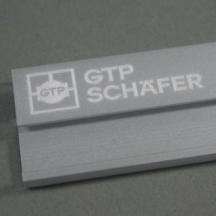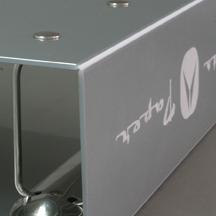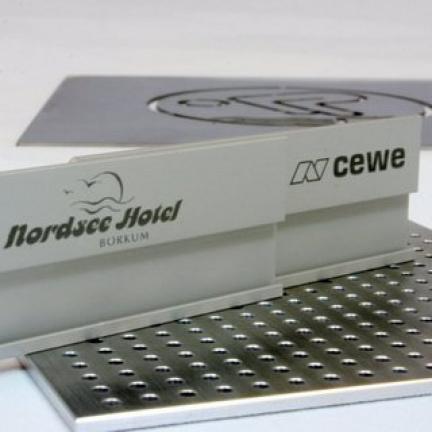Laser Marking Titanium
Laser marking and laser engraving of titanium
text
Text
Decorative or functional laser markings – everything is possible
Decorative inscriptions on anodized parts in mechanical engineering with company logo, serial number, nameplate, warnings on safety-relevant components, and permanent markings in fields with aggressive media.
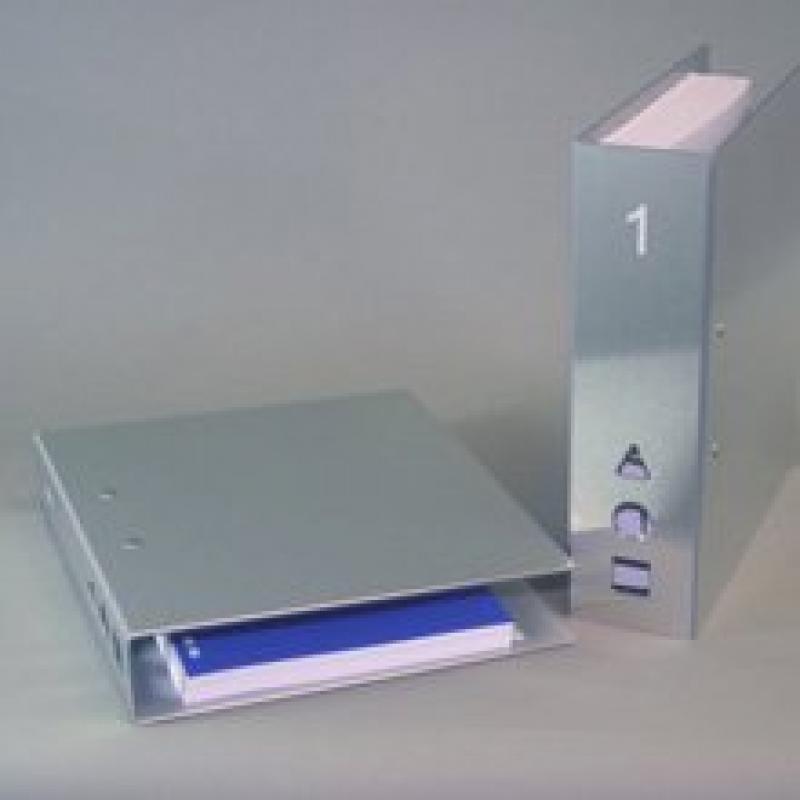
Laser marked folders made of ACPs
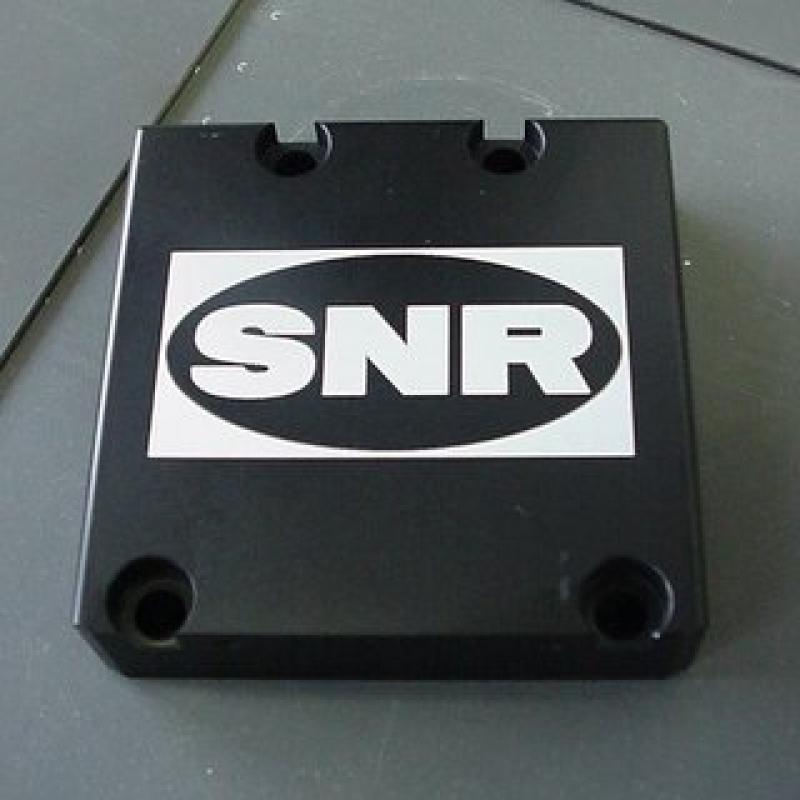
Anodized aluminium with branding
Laser marking of titanium – the key facts at a glance
Laser marking of aluminium – the key facts at a glance
Laser marking or laser inscribing with a conventional Nd:YAG laser always results in a strong contrast when the material has been anodized beforehand. In the marked area, the anodized layer is removed and the roughened base material contrasts to the surrounding electrolytic oxidized aluminium. Laser engraving not only processes the material’s surface but also generates topology by removing material, which can be used for giving injection molds a signature. In comparison to conventional mechanical engraving, this procedure is much faster. We are able to read and process virtually all data formats, all the way to database imports for individualized inscriptions.
Our know-how includes product identification of technical components, serial numbers, barcodes, QR codes, data matrix codes, signets, decorative fonts, company logos in all variations, and much more.
Besides laser marking, there are various other processing options to choose from, such as the preparation of bonding surfaces, which optimizes adhesive strength due to the increased surface area.
Laser marking or laser inscribing with a conventional Nd:YAG laser always results in a strong contrast when the material has been anodized beforehand. In the marked area, the anodized layer is removed and the roughened base material contrasts to the surrounding electrolytic oxidized aluminium. Laser engraving not only processes the material’s surface but also generates topology by removing material, which can be used for giving injection molds a signature. In comparison to conventional mechanical engraving, this procedure is much faster. We are able to read and process virtually all data formats, all the way to database imports for individualized inscriptions.
Our know-how includes product identification of technical components, serial numbers, barcodes, QR codes, data matrix codes, signets, decorative fonts, company logos in all variations, and much more.
Besides laser marking, there are various other processing options to choose from, such as the preparation of bonding surfaces, which optimizes adhesive strength due to the increased surface area.
-
Maximum size of flat material:
2,000 mm x 3,000 mm
-
Minimum material thickness:
non-rigid material from 0.05 mm
-
Maximum size of workpiece:
1,000 mm x 500 mm x 500 mm
-
Possible alloys:
AlMgSi 0.5, AlMgSi 1, AlMgSi 1.5, AlMgSi 2, AlMg 3, AlMg 4.5 as well as further common alloys
-
Further processing offer:
Laser cutting, HSC milling, 5-axis simultaneous milling, thread cutting, drilling, and CNC turning
-
Possible applications:
Display construction, signets, trophies, awards, giveaways
-
Surface refinements:
Lacquering, high-gloss polishing, sandblasting, abrasive blasting, grinding, brushing, and further galvanic procedures
-
Anodized aluminium in different colors:
Black, blue, red, etc.

